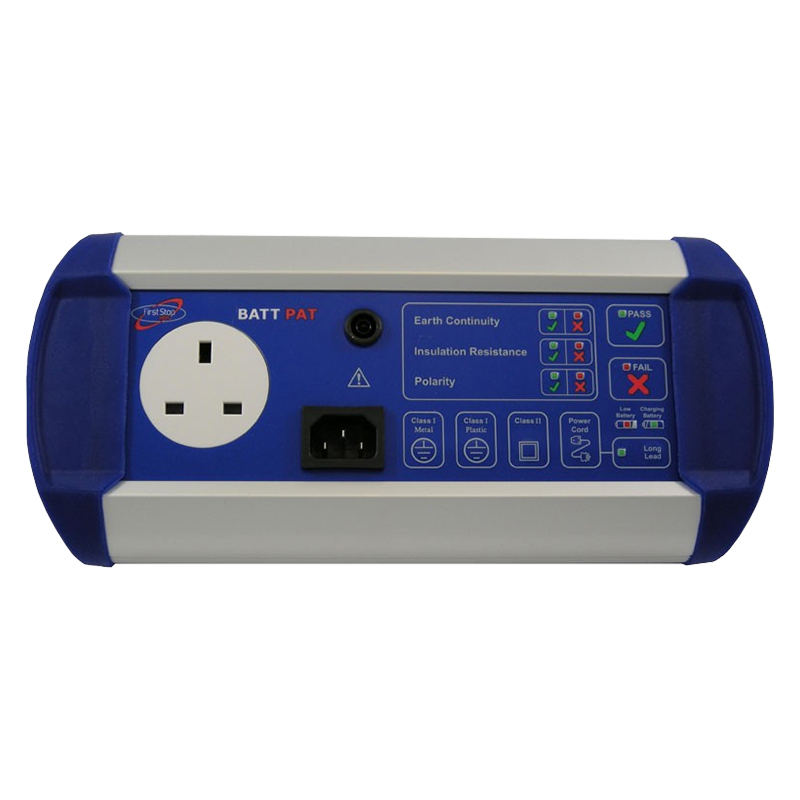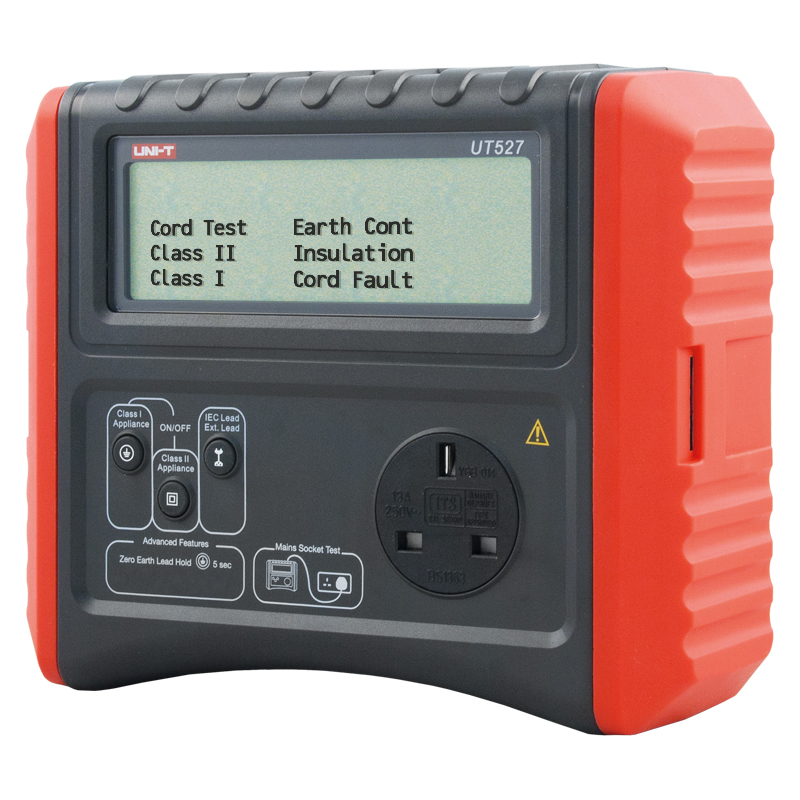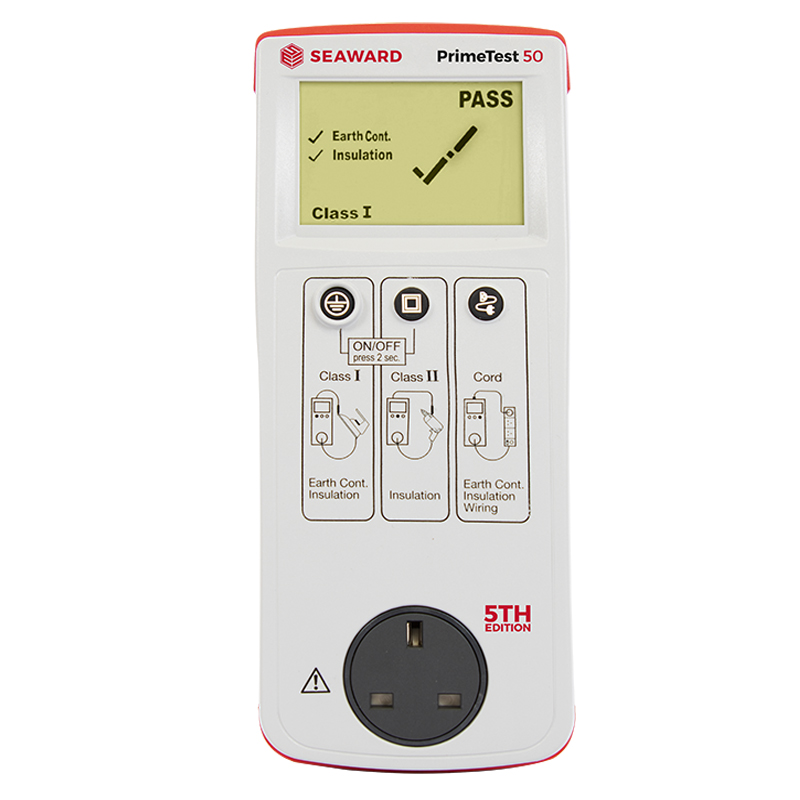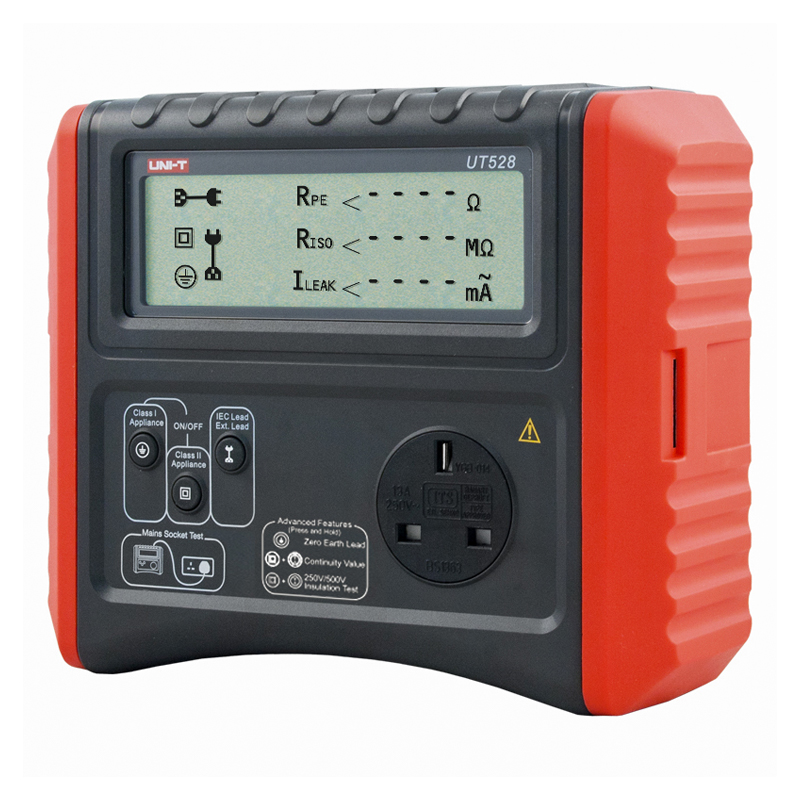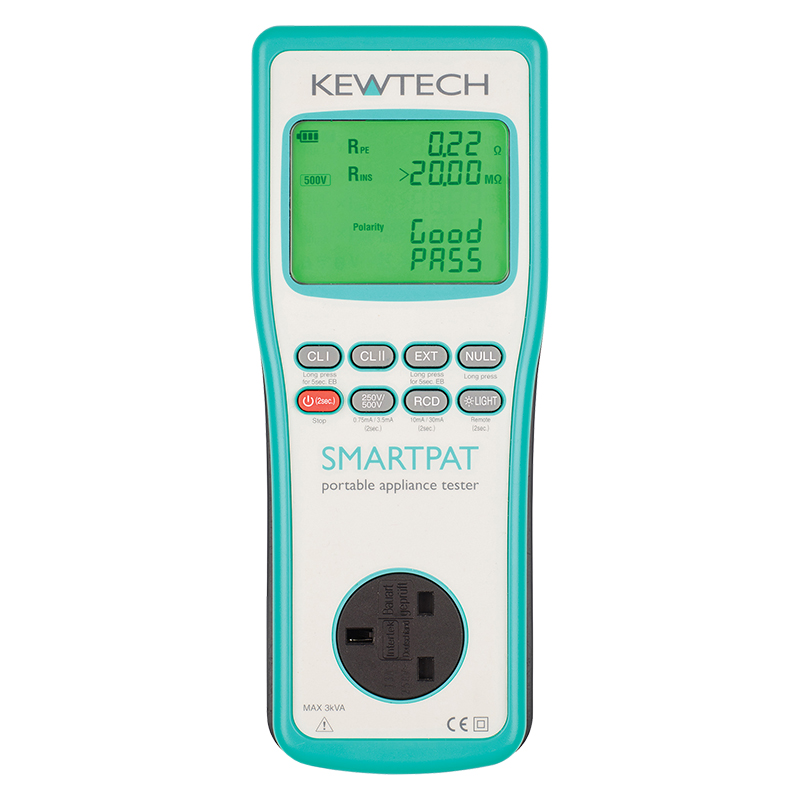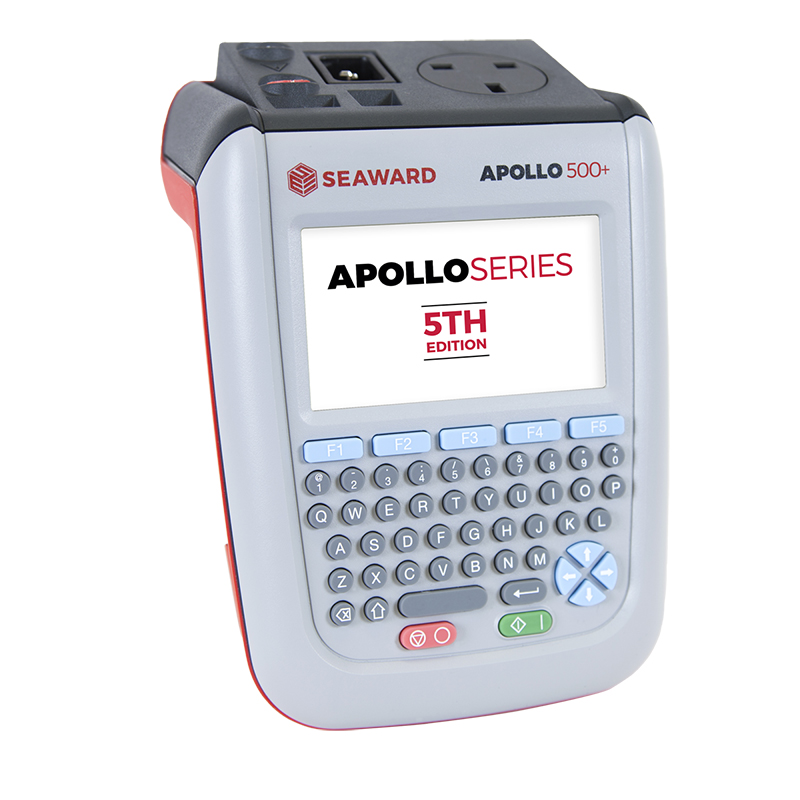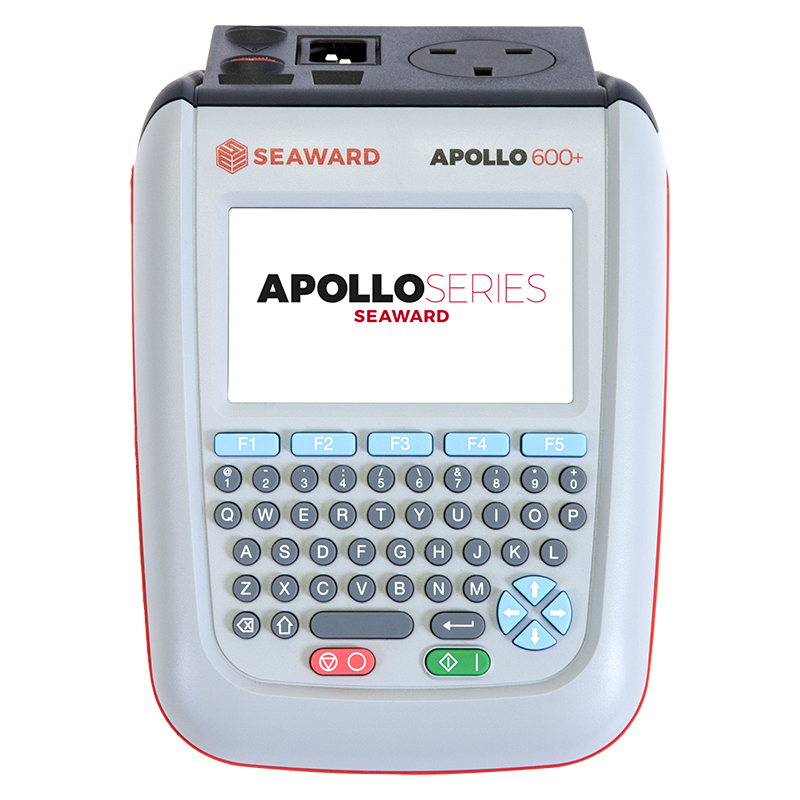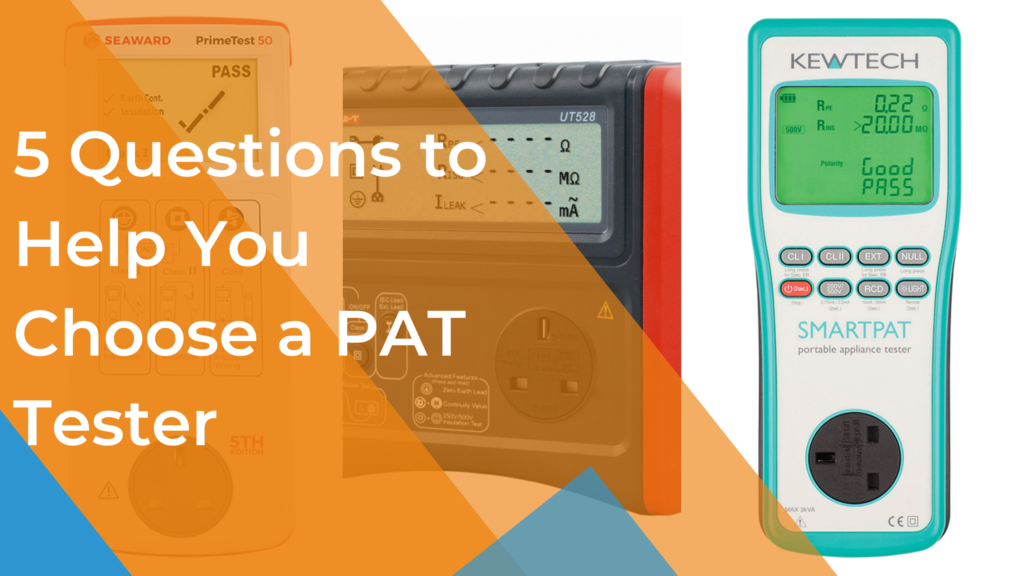
Choosing a PAT tester can be confusing regardless of your qualifications or experience. This guide aims to help you make the correct choice for your needs.
As there are no hard and fast rules or laws regarding PAT testing, it may be helpful to ask yourself the following questions before investing in a portable appliance tester.
Quick Links:
- How many appliances will I be testing per year?
- What type of tests do I need to carry out?
- How will I store the results?
- Do I need to test 110V industrial equipment?
- What is my budget?
- Further Information
1.) How many appliances will I be testing per year?
This question may seem daunting but no one expects you to answer with a high degree of certainty, a rough estimate is all that is required. As a general rule, if you will be testing fewer than two hundred appliances per year then a less-expensive, less-complex PAT tester is recommended; for example, a simple, economic PASS/FAIL PAT checker.
PASS/FAIL PAT Testers
These PAT testers/checkers are ideal for those testing a few appliances of the same type. They function by simply displaying whether the equipment under investigation has passed or failed.
However, be cautious when purchasing PAT checkers as they are not suitable for testing large volumes of different appliances, and are ill-suited to testing extension leads or long cables. This is because these PAT testers include pre-set pass marks which cannot be altered. As a result, the instrument may indicate that an appliance has failed when it is safe.
Furthermore, you should still consider the questions below even if you only have a few appliances to test. Do these appliances need more comprehensive testing to be deemed safe? If so, it is unlikely that a PASS/FAIL PAT tester will provide you with this assurance and it may be more sensible to invest in a manual tester.
Manual Testers
Manual PAT testers allow the user to perform an array of tests but will not automatically record the results. The values displayed can be noted in an appliance test record booklet, making these instruments ideal for low-volume testing.
A majority of these testers are battery operated and will perform a multitude of tests before the batteries require re-charging or changing. Furthermore, they are portable and can be easily transported across and/or between worksites.
Yet despite their practicality and comprehensive test features, manual PAT testers are only suitable for those with less than two-hundred appliances to test per year. Attempting to use these testers for high-volume applications becomes tricky and time-consuming owing to the need to record each result manually. Therefore, if you will be conducting PAT tests on over two-hundred appliances per annum a downloadable PAT Tester may be preferable.
Downloadable PAT Testers
Downloadable PAT testers remove the need to record results manually. There are many downloadable PAT testers with various memory sizes available. Some models allow for the storage of up to 50 000 records along with each result’s test status and date as well as the user’s information. This data can be transferred to your PC via a USB cable or wireless Bluetooth.
These testers are ideal for those with large volumes of appliances to check and/or appliances that require comprehensive testing.
2.) What type of tests do I need to carry out?
To know which tests you need to carry out you must first identify the class of the appliances you plan to test.
Identifying the Class of a Portable Appliance
Again this may be confusing but there are some rules that can help with this identification. The most obvious way to identify whether an appliance is Class I or Class II is to look at its rating plate. If a double box (a smaller box inside a larger one) is present it may be assumed that the appliance is Class II; if the double box is not present, this suggests that it is a Class I appliance.
It is important to note that the presence or absence of a double box cannot guarantee that the appliance belongs to either of these classes. You should also consider whether it has any of the following features:
- Fuse in the plug = Class I
- Made of metal = Class I
- Three core cables= Class I
- The plug has a metal earth pin = Class I
- Plastic case = Class II
Identifying the Necessary Tests
Different tests are required for different appliance classes. You must purchase a PAT tester that can perform all of the necessary tests to ensure the equipment under investigation is safe. The table below should help you identify which tests are required based on the class and construction of your appliance:
| Earth Continuity | Insulation Resistance | Polarity | Inspection Only (no tests required) | |
| Class I (Metal) | ✔ | ✔ | ✖ | ✖ |
| Class I (Plastic) | ✖ | ✔ | ✖ | ✖ |
| Class II | ✖ | ✔ | ✖ | ✖ |
| 3-Core Power Cord | ✔ | ✔ | ✔ | ✖ |
| 2-Core Power Cord | ✖ | ✖ | ✖ | ✔ |
A majority of manual and downloadable PAT testers can perform the above tests. However, when it comes to earth continuity and insulation resistance, different PAT testers are optimised for testing different instruments.
Earth Continuity Test
(A.K.A Earth Bond or Earth Resistance Test)
The main question to consider here is: are you going to be testing IT or electrical equipment? If the answer is yes, pay particular attention to whether your chosen PAT tester emits a low test current, either 100mA or 200mA. Fortunately, most PAT testers can perform this low-current test.
If you also require a higher test current, some PAT testers include an option for 4A, 6A, 10A, and 25A or 26A tests.
Insulation Resistance Test
(A.K.A Insulation Test)
It is required that all PAT testers perform a 500V insulation resistance test. This is adequate for most types of electrical appliances. However, if you test a surge-protected extension lead then, unless you use a 250V insulation test, the lead will appear to fail.
Some PAT testers will deliver a 250V insulation test but not all. When making your selection, pay attention to the product description, technical data, and/or datasheet to check if the PAT tester offers this feature.
Other Tests
It is also worth considering which other tests you may need to perform before purchasing a PAT tester. A professional will require an instrument that performs all the tests above and those listed below:
- Leakage
- Extension lead/ cable
- Flash
- 110 volt
3.) How will I store the results?
As detailed above, different PAT testers offer different methods of recording results.
Manual PAT testers and PASS/FAIL PAT checkers require the user to record results manually, making them suitable for low-volume PAT testing; downloadable PAT testers record results automatically, saving the user time when checking a multitude of appliances. Professional users will find a downloadable model more suited to their requirements.
4.) Do I need to test 110V industrial equipment?
This question has become a bit redundant as all our PAT testers are capable of testing 110V equipment provided they are used with an appropriate adapter.
Still, it may be useful to consider this question when budgeting. If you do not need to test 110V instruments it is not worth investing large amounts of capital into a product designed for this purpose.
Conversely, if you know that testing 110V equipment will be a regular requirement, it is sensible, if not essential, to invest in a tester optimised for this purpose.
5.) What is my budget?
Having considered your answers to all the above questions you should budget appropriately for your PAT tester. The PAT testing market includes a wealth of instruments optimised for everything from occasional, quick, in-house checks to regular use in professional PAT testing businesses.
If you require your tester for infrequent, basic safety checks an inexpensive, simple PASS/FAIL or manual model is right for you.
If you anticipate testing a small volume of instruments comprehensively, then a manual model or less expensive downloadable model may suit your requirements.
If you intend to make a career out of PAT testing or need to perform comprehensive tests on a large amount of equipment, then a more expensive downloadable model is a must.
Further Information
For more help and advice, please don't hesitate to contact our Sales team on 01642 931 329 or via our online form.
In the meantime, please browse our comprehensive collection of PASS/FAIL, manual, and downloadable PAT testers, including models by leading brands such as Seaward, Kewtech, UNI-T, and First Stop Safety. You will also find an extensive selection of PAT testing kits.


